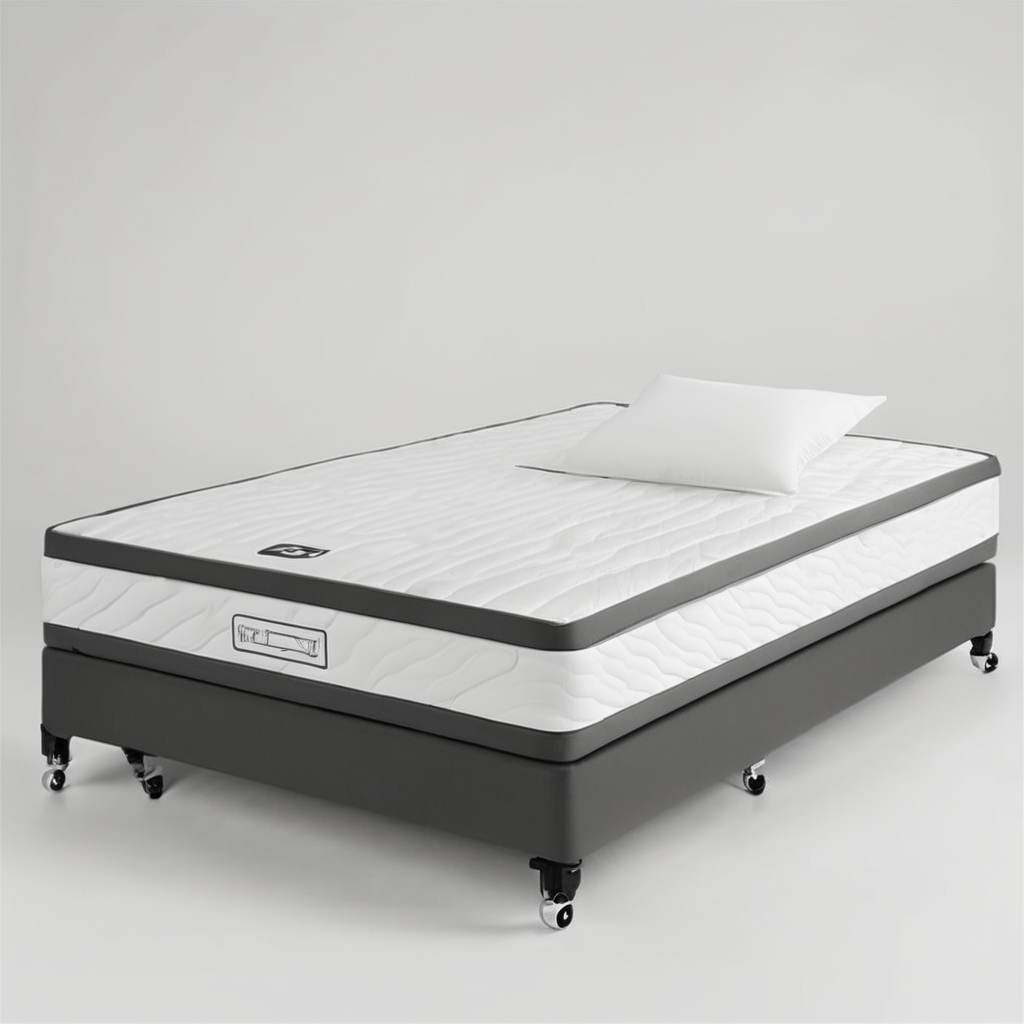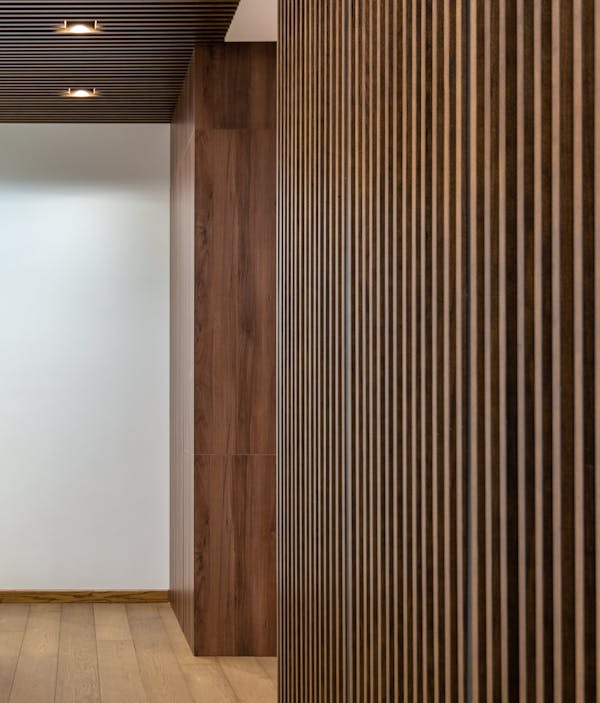WEO® Brise-Soleil enhances High Environmental Quality by carefully controlling sunlight and heat gain in buildings. This system reduces energy consumption while improving indoor comfort and air quality, directly supporting occupant health. By integrating innovative shading with sustainable design, it addresses key HQE criteria, offering a practical solution for healthier, more efficient spaces.
High Environmental Quality Standards: Criteria, Purpose, and Impacts
Focusing on high environmental performance buildings starts with stringent standards—High-Quality Environmental Buildings on FIBERDECK showcases how thoughtful design and certification raise the bar for occupant health and environmental responsibility. These standards emphasize energy-efficient construction, superior indoor air quality, and the use of green building materials to limit ecological footprints while improving everyday wellbeing.
Also to discover : Transform your urban oasis: the definitive guide to thriving vertical gardens on liverpool balconies
HQE (High Environmental Quality), LEED, BREEAM, and WELL represent global benchmarks in sustainable building design. HQE, originating in France, extends through a building’s entire lifecycle, auditing aspects like eco-management, resource efficiency, and the full spectrum of occupant comfort—thermal, acoustic, and visual. LEED, developed by the U.S. Green Building Council, is internationally recognized for prioritizing energy, water, and resource conservation. BREEAM certifies projects using flexible standards that focus on energy, management, transport, and ecological benefits, while WELL hones in on health-centric features such as air and water purity.
Each framework responds to the urgent need for eco-friendly building certifications that protect people and the planet. Their presence now shapes regulations, supports healthier workplaces and homes, and prompts ongoing innovation in sustainable construction practices.
Also to see : Transform your cumbrian cottage: designing a chic and sturdy boot room for timeless sophistication
Implementation Criteria and Lifecycle Considerations for HQE and Similar Certifications
Lifecycle assessment methodology in environmental certifications
Lifecycle assessment of buildings is a foundational tool in eco-friendly building certifications such as HQE, LEED, and BREEAM. It evaluates every stage from initial design and material extraction, through construction, use, and eventual deconstruction. This analysis identifies ecological impacts and pinpoints choices for building envelope optimization. By using energy modeling for building design, project teams predict total energy use and resource flows before construction begins.
Essential performance indicators: energy use, material selection, waste and water management
Key criteria assessed during certification include energy modeling for building design, advanced facade systems, and sustainable construction best practices. High environmental performance buildings are scrutinized for their choice of green building materials, efficient waste and water management, and the use of advanced envelope solutions. Lifecycle cost analysis in green buildings weighs financial outlays against environmental and occupant health gains, prioritizing long-term value.
Planning and operational phases: audits, documentation, ongoing monitoring
Certifications require detailed documentation and environmental quality assessment tools throughout the building’s lifecycle. Planning integrates building automation for sustainability, ensuring optimal operation and data-driven improvement. Regular audits track project adherence to standards while ongoing monitoring supports energy-efficient construction, advanced facade systems, and continued compliance with evolving sustainability goals.
Indoor Environmental Quality: Health, Comfort, and Productivity Benefits
Direct impacts of indoor environmental quality (IEQ) on occupant health, comfort, and performance
Precise answer: Enhanced indoor environmental quality directly reduces illness, boosts comfort, and raises productivity.
A healthy indoor air quality improvement lessens risks from pollutants and supports occupant health and wellbeing in buildings. By integrating advanced glazing technologies and daylight optimization in buildings, environments become brighter and safer, contributing to measurable impacts of daylight on productivity. Thermal comfort in sustainable buildings, achieved through passive solar design benefits and natural ventilation strategies, further enhances worker satisfaction and cognitive performance.
Addressing common building health risks: dampness, mould, airborne contaminants
Effective indoor air quality improvement mitigates dampness and mould, which are frequent sources of respiratory issues. Building managers can reduce airborne contaminants by prioritizing natural ventilation strategies alongside water management and regular maintenance. High environmental performance buildings that employ advanced glazing technologies and green building materials limit conditions favorable to bacteria or dust mites, lowering health complaints.
Integrating comfort criteria: thermal, visual, acoustic, and olfactory aspects
Creating optimal spaces requires combining thermal comfort in sustainable buildings with careful daylight optimization in buildings. Advanced glazing technologies support visual and acoustic comfort while helping manage passive solar design benefits and impacts of daylight on productivity. Comprehensive design prioritizes occupant health and wellbeing in buildings while making each indoor experience more supportive and enjoyable.
WEO® Brise-Soleil Technology: Energy Efficiency and Environmental Quality Enhancement
WEO® Brise Soleil technology serves as one of the most advanced smart shading solutions for buildings. These solar shading devices are engineered to efficiently minimize unwanted solar heat gain, facilitating daylight optimization in buildings and significantly increasing thermal comfort for occupants. Direct application of WEO® Brise Soleil technology in high environmental performance buildings meets the demanding criteria of eco-friendly building certifications such as HQE, LEED, and BREEAM.
In terms of HEQ and low-energy projects, WEO® Brise Soleil technology helps optimize daylight while reducing reliance on artificial lighting, which translates into measurable energy-efficient construction outcomes. By acting as a physical barrier against excessive solar radiation, these advanced facade systems lower indoor temperatures, support passive cooling techniques, and thus reduce the need for energy-intensive air conditioning—key for lowering the carbon footprint in construction.
Adaptable by design, the installation of this innovative sun control product allows either vertical or horizontal configuration, fitting unique architectural visions and site conditions. This flexibility, integral to smart shading solutions for buildings, empowers architects to achieve both aesthetic ambition and performance goals. Integrating photovoltaics with shading further expands the capability of WEO® Brise Soleil technology, supporting renewable energy integration in buildings and pushing the frontier of environmentally sensitive building retrofits.
Certification Process, Costs, and Market Impacts
Accreditation Procedures: Audits, Roles of Certified Professionals, Ongoing Project Management
Obtaining HQE certification standards, LEED certification standards, or completing the BREEAM certification process requires rigorous evaluation from the early planning stage through long-term operation. A certified auditor independently reviews project documentation, building energy codes and standards compliance, and the actual implementation of environmental compliance in construction. Accredited professionals play a key role, guiding sustainable construction project management and ensuring building sustainability rating systems are implemented accurately. These experts oversee on-site assessments and continue to monitor and adjust procedures to uphold high environmental standards throughout the building’s lifecycle.
Comparative Cost/Benefit Analysis
Adopting quality frameworks such as HQE certification standards or LEED certification standards outputs greater initial costs—typically 1.2% to 2% more than conventional construction. However, operational savings arise from lower utility bills, reduced maintenance, and improved occupant well-being. Energy-efficient construction and optimal indoor environmental quality often boost property values and marketability. Green building market trends confirm that properties with prestigious building sustainability rating systems command higher sale and rental rates, making up for initial expenses through tangible lifecycle savings.
Market Advantages and Drivers
Today’s green building market trends prioritize measurable improvements in environmental compliance in construction. Stakeholders, from developers to end-users, now demand transparency around sustainable construction project management and building energy codes and standards. Regional policies, investor expectations, and evolving consumer values make embracing high-level building sustainability rating systems not just prudent—but increasingly essential—for long-term real estate success.
Case Studies and Real-World Outcomes: Synergies between HQE, Advanced Shading, and Occupant Wellbeing
Documented impacts of integrating smart shading with HQE-certified projects
Precision: Integrating WEO® Brise Soleil technology and smart shading solutions for buildings in HQE-certified developments has consistently improved energy efficiency and occupant comfort, evidenced by reduced solar heat gain and energy cost savings from shading. These integrations are repeatedly found in ongoing WEO® Brise Soleil case studies—notably where smart shading directly reduced reliance on mechanical cooling and enhanced daylight optimization in buildings. The environmental benefits of shading devices also extend to improving thermal comfort in sustainable buildings while minimizing peak cooling demands and operational expenses.
Lessons learned from real-world implementations: improvements in energy, comfort, and health metrics
Post-occupancy evaluation of green buildings reveals that environmentally sensitive building retrofits, particularly those employing WEO® Brise Soleil technology, result in tangible gains. Enhanced occupant health and wellbeing in buildings is regularly attributed to decreased temperature fluctuations and improved indoor air quality improvement. These case studies reinforce the value of shading design impact on cooling load, enabling building retrofitting for energy efficiency and enhancing building energy resilience.
Recommendations for holistic design and innovation in sustainable architecture
Professionals are encouraged to leverage WEO® Brise Soleil technology in tandem with energy modeling for building design and eco-friendly building certifications, optimizing high environmental performance buildings. Thoughtfully integrated solar shading devices should be prioritized in sustainable building design, especially for environments aspiring to balance efficiency with lasting occupant wellbeing.








